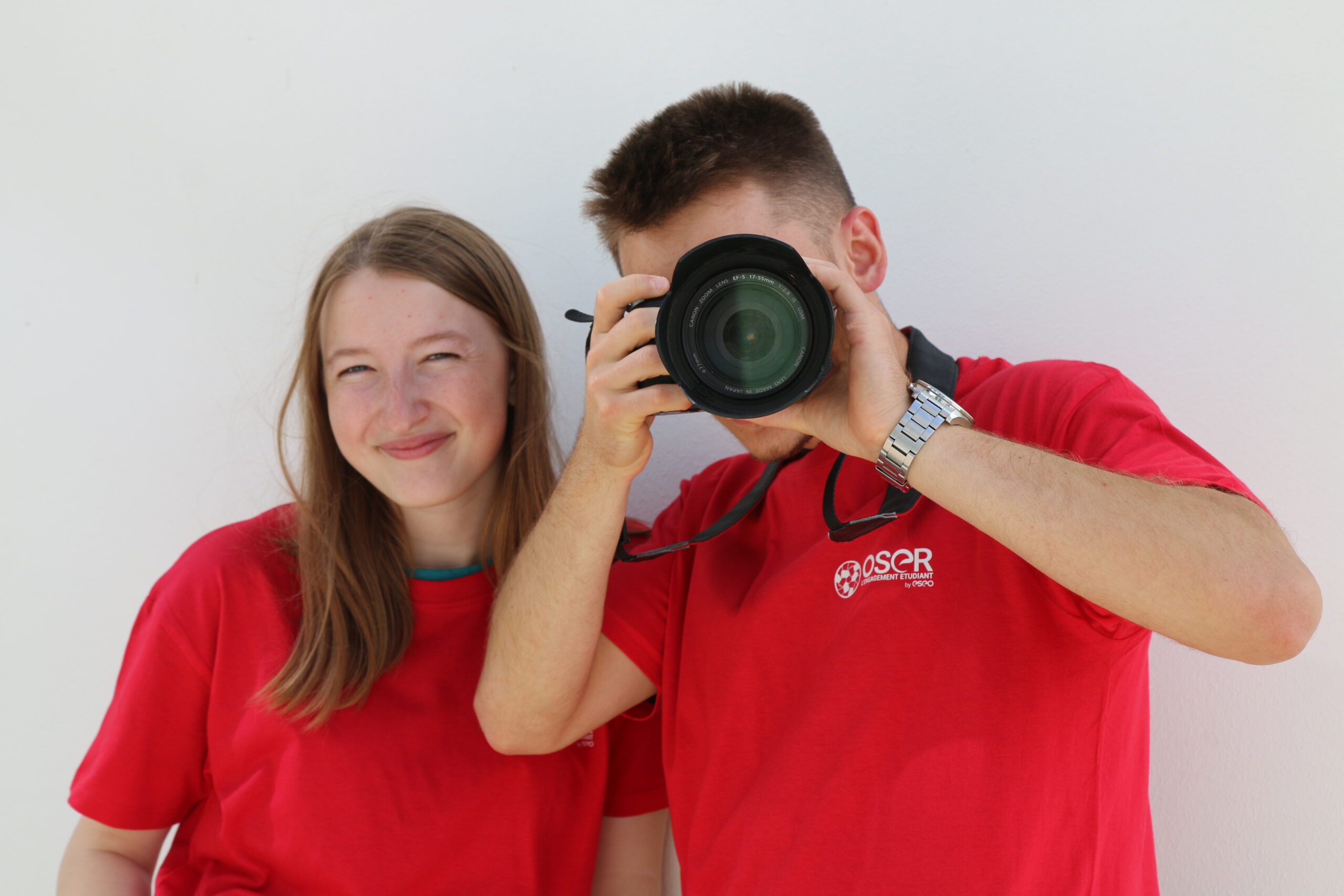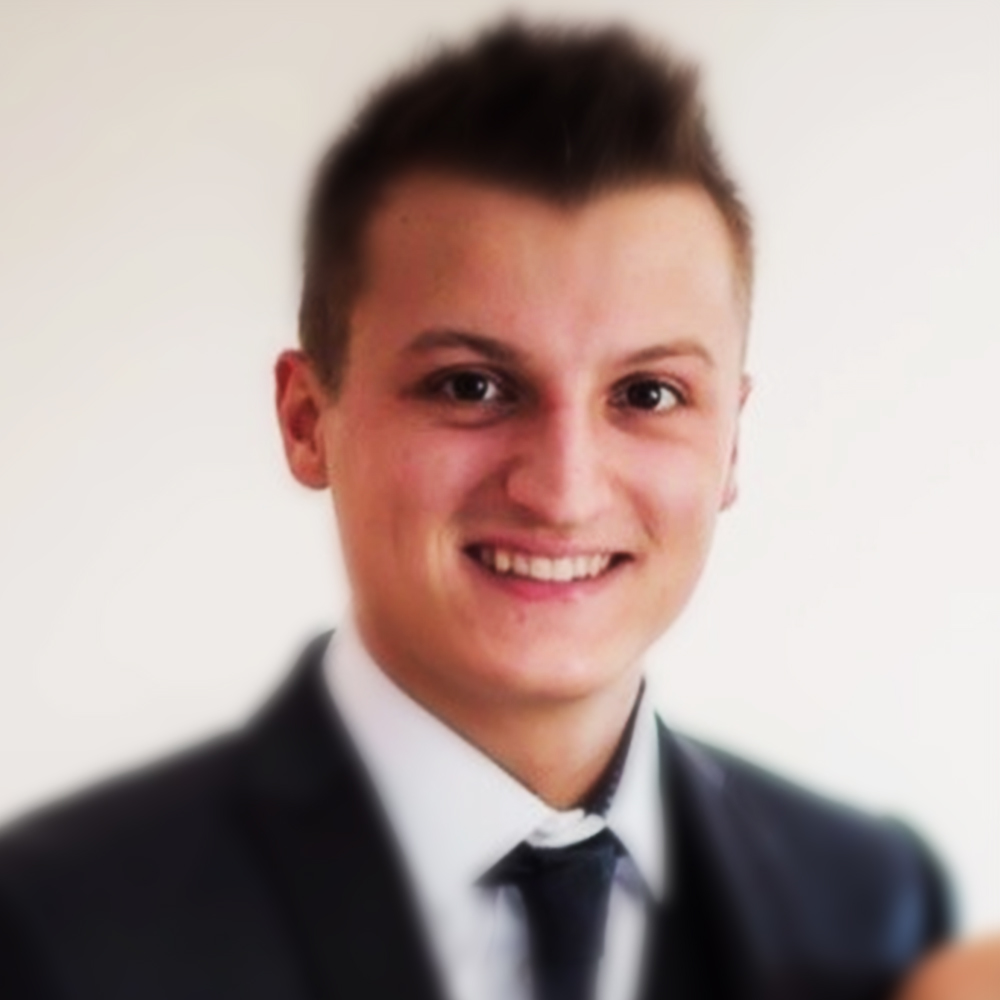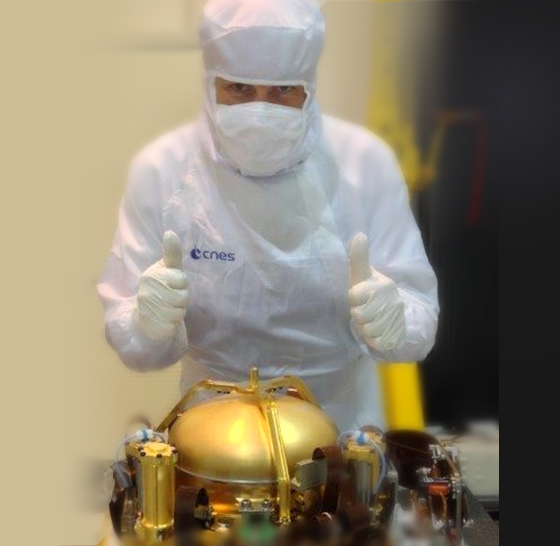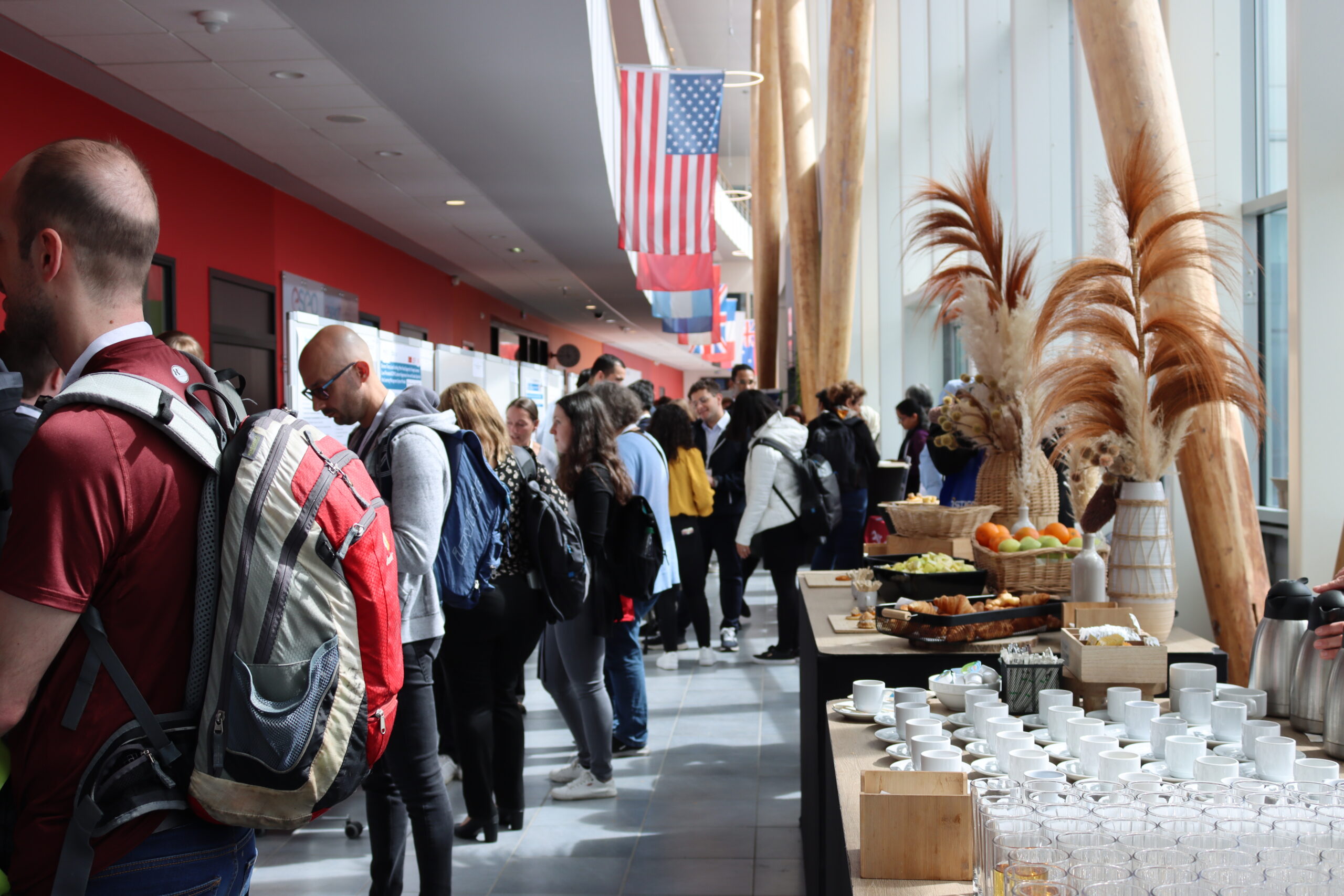Portraits of students at Paris-Vélizy
Read the testimonials and profiles of students from our Paris campus.


Student profile at Paris-Vélizy :
Guillaume, an engineering apprentice
My name is Guillaume and I’m in my2nd year of an engineering apprenticeship.
Were you thinking about studying engineering at secondary school?
When I was at school, I didn’t really know what I wanted to do when I grew up. Like a lot of teenagers, I couldn’t project myself into the future and know exactly what I wanted to do. On the contrary, I knew what I didn’t want to do. I finally made up my mind and chose a DUT GEII after my baccalauréat. It gave me the opportunity to study two areas that I really liked: electronics and IT.
You didn’t take the integrated preparatory course, what was that like for you?
Yes, I didn’t take the integrated preparatory course, but after my DUT GEII, I did a one-year preparatory course called ATS (Adaptation Technicien Supérieur) to improve my theoretical level. The BAC STI2D has more of a practical approach than a theoretical one. The preparatory course wasn’t easy, because of the amount of work involved, but it was very productive for me. Even though the ATS preparatory course was not compulsory for entry to the engineering apprenticeship at ESEO, it enabled me to develop good working methods, improve my theoretical mind and become more rigorous.
What advice would you give about how to get through the preparatory course?
Work regularly (every day). Prepare well for exams and DS. Make index cards. Learn to prioritise your work.
What is the day-to-day life of an ESEO engineering student?
Being on a sandwich course, juggling student and working life is a rhythm to get used to at first, but you get used to it. You learn things in class that you then apply in the company and you learn things in the company that you don’t see straight away or that you’ll never see in class. When you’re in a company, you have to be serious, which is why your student life is more restricted, but you get more out of it when you’re in the classroom.
What is it like to study at ESEO (curriculum, work placements, etc.)?
It’s going well, I’m managing to organise my time between classes and work. I’m currently on an international placement in England, at a Pasquier factory in Milton Keynes.
A word about student life: what’s it like at ESEO, what activities have stood out for you?
Student life is pretty good at ESEO. There are lots of theme weeks throughout the year, as well as student evenings. This allows us to meet students from other courses. As we’re not at ESEO every week, that’s even more important.
How do you see your future after graduation?
After graduating, I might continue at Pasquier if there’s a position for me. Otherwise, I might go travelling to discover new cultures and ways of life.

Portrait of an alumni at Paris-Vélizy :
Nicolas, alumni
Nicolas Verdier is a graduate of ESEO and an engineer with the prestigious CNES. In 2018, he took part in the launch and deployment of the SEIS seismometer on Mars, in collaboration with NASA. Here’s a look back at his studies and his day-to-day life between Paris and Pasadena.
Tell us about CNES and your job?
The Centre National d’Etudes Spatiales (CNES) is a public industrial and commercial establishment responsible for developing and proposing the French space programme to the French government, and for implementing it. In this context, many projects are initiated in collaboration with other space agencies around the world. Since 2013, I have been responsible for the performance of the SEIS seismometer, which was recently deployed on Mars as part of NASA’s Insight mission.
Can you describe your day-to-day work?
Since the landing, I’ve been in charge of the room at the Jet Propulsion Laboratory (Pasadena, California) where the mission’s experts and scientists discover and analyse the data we receive daily from the instrument. Before that, at CNES Toulouse, I was involved in drawing up and running the various tests that validated the performance of SEIS before it was delivered for integration on the InSight lander.
How have your studies at ESEO influenced your career?
I’ve been fascinated by space since I was very young and my studies at ESEO were a springboard for realising my dream of working on a planetary exploration mission. Learning at ESEO was extremely useful and I still sometimes go back to old courses or practical work when I need to brush up on a particular technical subject. What’s more, during my studies at ESEO I was heavily involved in the school’s aerospace club, which was an additional advantage when I joined CNES. I’d encourage all young future engineers to get involved in this kind of technical activity alongside their studies!
What internships did you do during your studies?
I did my end-of-study work placement with Créative Eurecom, a company based in Anjou, on the development of a VHF telemetry system. It was very rewarding, as it complemented my training with a practical approach to electronics.
What made you decide to work at CNES?
It was my goal long before I started at ESEO! It was the first launch of the Ariane rocket in 1979 that really got me going. I was 7 years old..
What motivates you as an engineer on a daily basis?
The daily discovery of new things, learning and understanding science in general and my work environment, which is really exciting.
The final word: how would you apply ESEO’s ‘O.S.E.R.*’ to your work?
A space project is first and foremost a collective effort, and teamwork can only be effective if we are open to others and respect each other’s points of view; it’s a guarantee of cohesion. Solidarity is essential during the difficult phases when we can sometimes become discouraged in the face of technical and organisational difficulties. Lastly, you need to be totally committed, while taking care to strike the best possible balance between your professional investment and your personal life. Not always easy..
* O.S.E.R.: Openness Solidarity Commitment Respect
